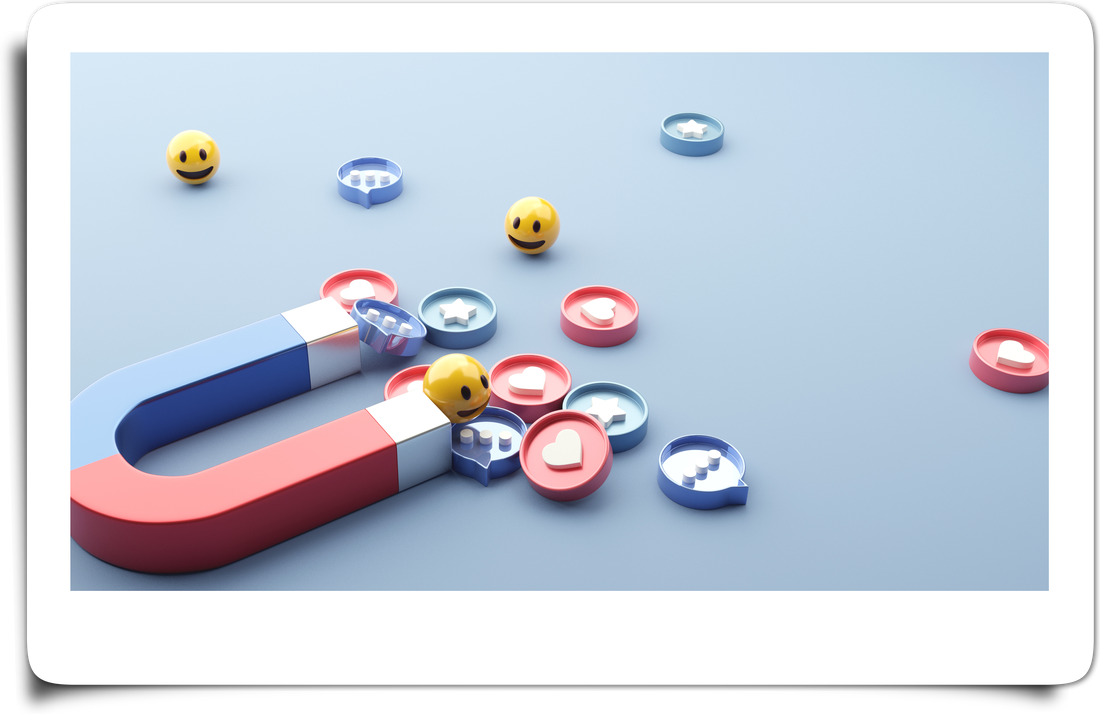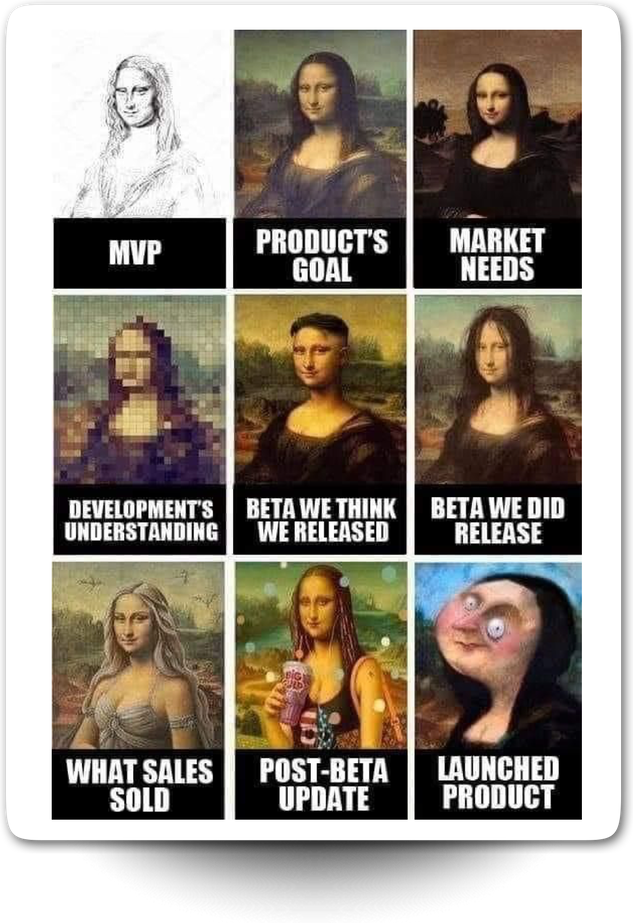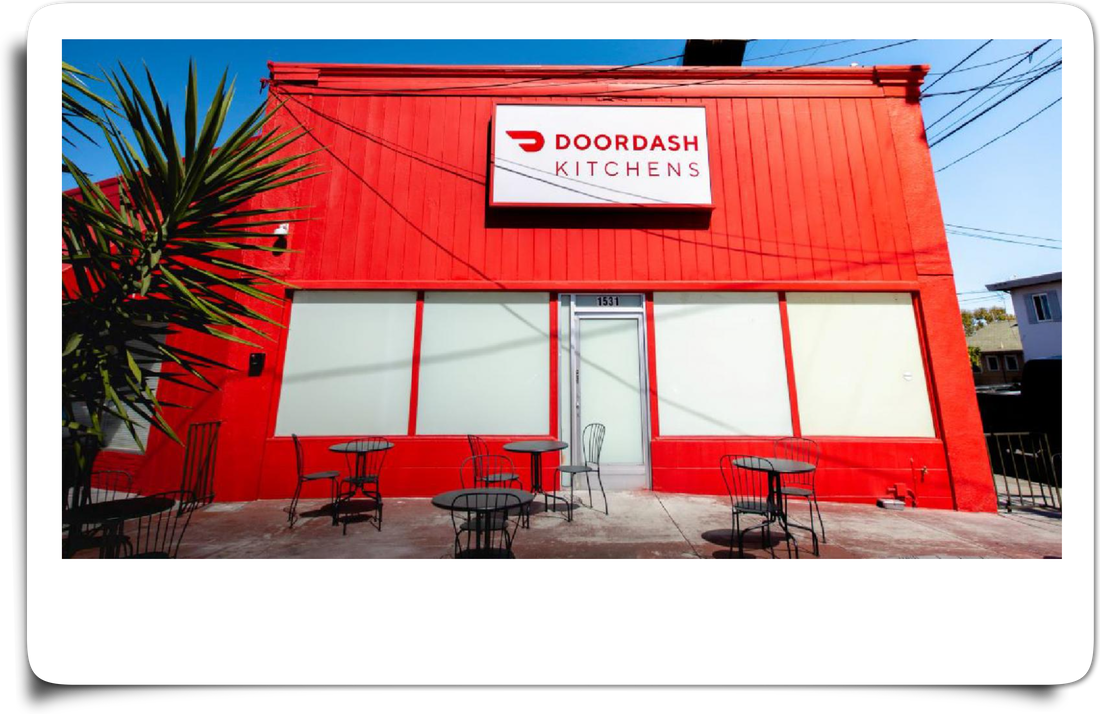|
Friend, does this ring a bell? Some of your co-workers treat you as you’re like the kid in high school who thinks he or she has the answer to every question. Even if and when you’re the data-driven product manager who actually backs your assumptions with data, you’re being stereotyped, even bullied into thinking that the know-it-all is you, often arguments that don’t describe you at all but are designed to turn people against you:
There are one or two things that can have happened here. First, it might not necessarily be you: in organizations, as soon as you’re good at what you do, you turn into a target for mediocre know-nothing co-worker cliques. Second, this can be simply inexperience in emotional intelligence, which isn’t something you learn at school. Ask yourself: do you speak too loudly or you find yourself interrupting people because you’re too excited to talk? Are you taking criticism personally? Bottom line is that none of this is good – it will eventually become toxic to you and your reputation and eventually this can lead to a career dead-end. So, here’s a few pointers on how to influence as a product manager, without dictating and most importantly without manipulating (this is definitely not the point) and in time, turn foes into friends, meanwhile not losing your talent and your soul. Anyone familiar with product management has heard the phrase ‘influence without authority’ at least a million times, because as a Product Manager, you’re guiding product development along, but you have to do that without being the captain of the ship. In other words, you somehow have to bring together a bunch of tech professionals such as data scientists, UX and UI designers, software engineers, etc. and make a valuable and functional product happen. That’s difficult enough without also not being their boss. That’s when the analogy of being “The CEO of the Product” fails: a CEO has all the authority in the world and the product manager has none of it. Indeed, influencing in the context of product management is the essential soft skill of driving product development and ‘telling people what to do’ without formally being authorized to do so. In other words, Product managers need to lead and guide without having the power to snap their fingers and make things happen, and the most effective way to do that is to build up influence. So how do you achieve the end result you desire without overtly “telling people what to do”? How do you shape the opinions of others, make sure that there is alignment between all key stakeholders, from vision to prioritization, and keep everyone on board at all times and moving in the same direction? In a nutshell, influence as a PM is built over time from interactions with team members, especially how you communicate your decisions in order to convince people to go along with your ideas and your track record of product success, which will inform how much they can trust your decision making process. A good PM is an excellent influencer and diplomat, and honing this soft skill takes a lot of time to develop and polish. Here are a few areas that are critical to your success: 1. Overact on listening. it’s all about creating a safe environment where people feel that their ideas are heard and valued. The best way to get there is to hold brainstorming sessions very regularly, be intent on having collaboration sessions and have repositories for ideas for discussion. In other words, you need to work hard to bring people in at all times and make sure they know that what they say has an impact 2. Always explain the ‘why’. All the reasons behind a product manager’s decisions are very important – people are smart they want to see the data, the research, understand the reasoning, They want to have perspective on the thought process. So make a point of giving it to them. 3. Always back up your assumptions and reasoning with data. it’s all about honesty not opinion. Using the adequate research and data also shows that you’ve taken the time to make sure that your instincts are to the best of your knowledge, correct, at the time that you’re making the decision, and your only bias is objectivity. 4. Your personal brand matters. Thought leadership matters, human connections matter, anything you do shapes other peoples’ opinion of you. The best way to generate lasting credibility is creative work such as designing an e-book, writing your own blog, giving talks, or anything that’s on your own time and shows your passion for product. 5. Be a visionary. The north star, the product vision, is your greatest tool for achieving alignment. And over time, build a proven track record with your team, company and industry. 6. Bribe ethically. Always think about the “what’s in it for me?” with your teammates. For example, the UX designer cares about the user experience, and less about the sales process. So if you’re asking them to do something that mostly benefits the sales team, find a way to bring it back to how they’ll also benefit from it. 7. Resistance is futile. In organizations you’ll always find people who disagree with you and vice versa. If there is resistance, do take the time to understand what it is all about (yes it’s most certainly always cumbersome and time consuming) and where it comes from. You then need to find all the opportunity to explain and debunk the criticism. V important. It’s won’t go away so instead embrace it and deal with it. In the end, you’ll also avoid future problems. In conclusion, being an influential Product Manager is about working with people by earning their respect, and, as you grow in your product career, the amount of formal authority you will have will grow, but being able to influence without resorting to power plays will always remain an critically valuable skill. Let me know what you think!
DM me @philippemora on IG and Twitter My name's phil mora and I blog about the things I love: fitness, hacking work, tech and anything holistic. Head of Product thinker, doer, designer, coder, leader #productmanagement Let me know what you think!
DM me @philippemora on IG and Twitter My name's phil mora and I blog about the things I love fitness, hacking work, tech and anything holistic. The pandemic of 2020 has leapfrogged the restaurant industry 10 years in the future in less than a year. With this extreme reshaping restaurateurs need to probably completely change how they run their businesses and adapt to rapidly changing consumer demand and behavior. One of the good questions to have is how to meet the rise in delivery demand. Everything from internal POS systems, marketing strategies, and common business practices are all very rapidly evolving. For example, estimates are that up to 60% of U.S. consumers are ordering delivery or takeout at least once a week. The result is that on top of potentially shifting to ghost kitchens, restaurateurs need to reevaluate how they approach their delivery game. It’s a new world out there is upon us and now is the time for an entirely new restaurant experience. My high-level thoughts about food trends that the pandemic accelerated 1. Industry-Wide Shift to Delivery-Only Restaurants are definitely shifting to delivery as demand continues to rise. A few ideas come to mind, such as the need to implement new systems and processes to make room for fulfilling online orders; or the need for ample restaurant kitchen space for preparing and fulfilling online order; ensuring a seamless experience for drivers and customers. But the most important: planning for more online orders helps classic restaurants prepare for the shift to delivery-only: re-evaluating the menu, for example, are there items that don’t travel well or package well, in other words making room for the menu items that make the most sense for a delivery-focused world. 2. Technology-First Online differentiation is a must when most orders are made from an app. We’re really post yelp here. So restaurants need to know tech real well, understand all delivery trends, be able to position their brand online and on delivery marketplaces well – leverage Doordash, Uber Eats and GrubHub, to maximize your reach and convert them into new and repeat clients. 3. Off-Premise World It’s really clear to me that off-premise food businesses will continue to thrive. Consumers are relying more and more on online food delivery and it’s becoming a new normal to have a wide variety of options available on delivery apps. Although some customers may begin to return to dine-in once protective measures have been lifted, the convenience of online delivery will remain a staple in customers’ lives. Delivery will be treated as a separate business given that people all over have realized just how convenient and safe delivery really is. 4. Less Restaurant Space With the shift to an off-premise world comes less of a need for a large restaurant space for dine-in customers. For example, quick service restaurants and fast-casual chains have even started designing new restaurant layouts that are leaner and more focused on pick-up and curbside-to-go options versus traditional on-premise dining. With less real estate space needed to meet delivery demand, I think ghost kitchens will be rising in popularity as they come with the perfect turnkey solution for online delivery. 5. Ghost Kitchens Ghost kitchens allow restaurateurs to expand their reach through each food delivery app. They’re strategically located where the most online food orders are taking place. And since they’re not focused on high foot traffic, that means the real estate is less expensive too. With the rise in delivery demand, the shift to a delivery-first model might become vital to stay ahead, and very soon, restauranteurs will be using ghost kitchens to create seamless delivery systems that leave customers at home happy and realy loving the food. 6. More Digital Marketing, Less Traditional In a pre-covid world, restaurants have to heavily rely on foot and as a result focused more on traditional marketing to reach your customers (think yelp?) but as of now, digital marketing is in, restaurants need a strong digital presence and soon, without a physical storefront, entirely shift focus to digital storefronts. But here’s the really good news: shifting to a digital marketing focus helps reach customers where they already are, and it’s way more easy to leverage key insights into customer behavior and data, meanwhile with more online customers, the demand for off-premise dining will continue to expand in the year to come. Let me know what you think!
DM me @philippemora on IG and Twitter My name's phil mora and I blog about the things I love fitness, hacking work, tech and anything holistic. |
Head of Product in Colorado. travel 🚀 work 🌵 weights 🍔 music 💪🏻 rocky mountains, tech and dogs 🐾Categories
All
|





 RSS Feed
RSS Feed